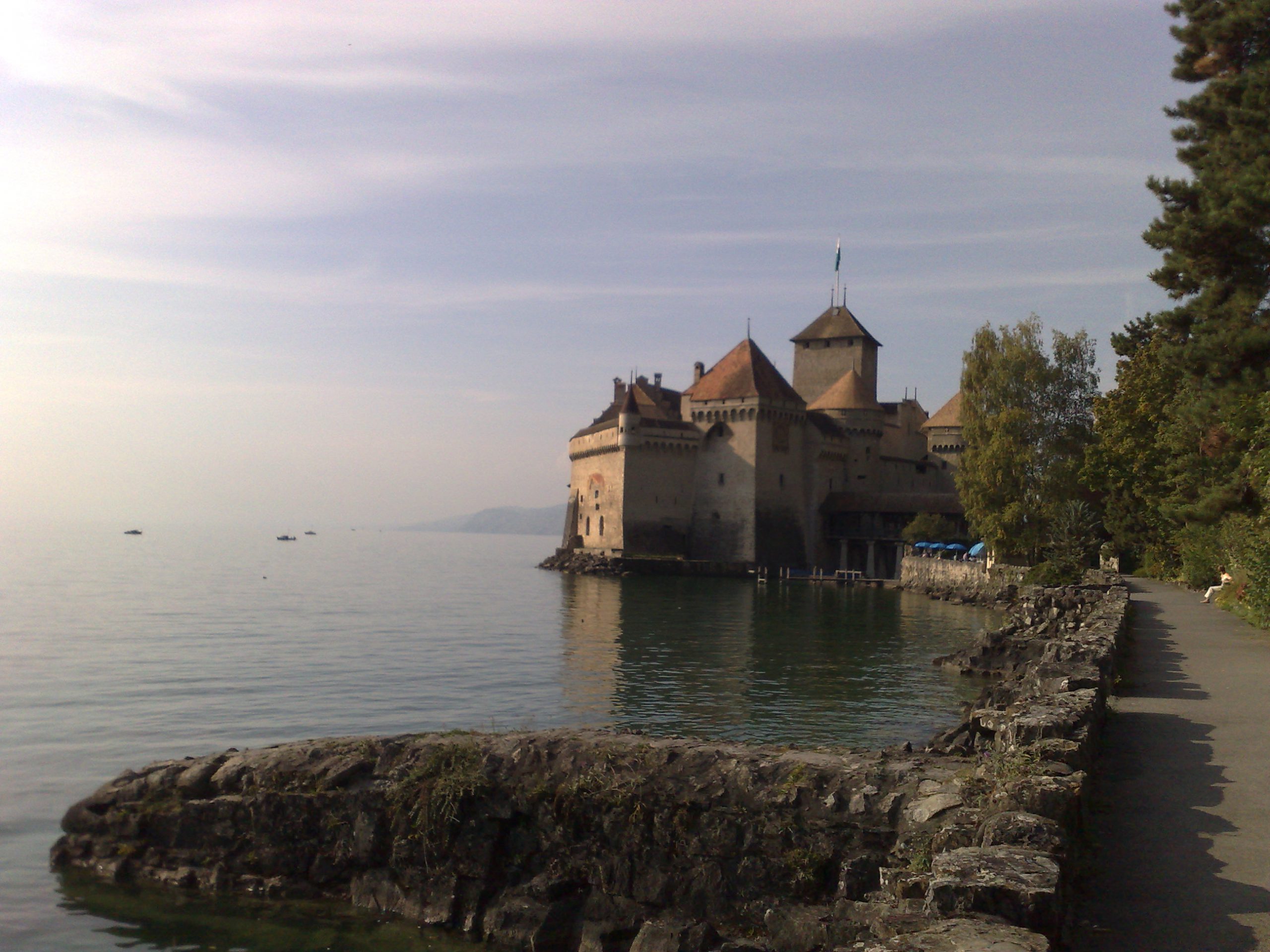
DSSC Guest Writer tells us what we should really eat when in Switzerland. And it’s not Lindt.
Switzerland is small. You could fit the entire country within Haryana and still have room for Goa beside it. However despite the limited space, the country features some of the best culinary & hospitality institutes on the planet. Thus the decision to pursue my Bachelors from Cesar Ritz Colleges was an easy one.
Being on a freshman budget in one of the most expensive countries in the world forced me to be discerning with my eating habits. But luckily, my college choice afforded me an unusual luxury.
The freshman campus for Cesar Ritz is settled on the foot of The French Chablais Alps in Le Bouveret, which is the source of the medicinal waters of Evian les Bains and has the bottling plant for Evian mineral water as well. We just happened to share the same source for our tap water. So, we could either buy a bottle of Evian or just drink the same from the tap. But we soon discovered that bottled Evian is drastically different from it’s source.

A mineral water tasting session three weeks into the term enlightened us to the fact that mineral water brands differ not only in taste but also in pH level. We found that bottled Evian, for example, had a more alkaline pH compared to it’s tap water counterpart. My personal favourite was an Italian brand called Rocchetta, which seemed to favour a slightly acidic pH that worked really well with the mineral composition of the water itself. It was one of the more flavourful sips of water among the other brands tested.

The tasting required a palate cleanser between sips. Enter the quintessential sourdough bread. This enabled us to notice minute differences between mineral water brands. It was also indicative of how misinformed I was regarding the rectangular sponges we in India call ‘bread’.
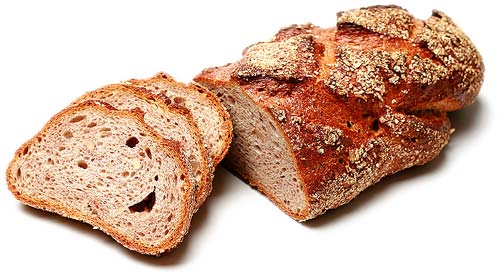
My first taste of a real slice of bread was at a dine-in tavern a few hundred meters from the shores of lake Lac Leman (and our college). Taverne de La Tour is primarily a Table d’Hote establishment but still features an a la carte menu. Their house baked bread was customarily served as we perused the menu. Another sourdough preparation, the difference was immediately apparent from the moment I touched the slice. It was springy yet cohesively firm. A hard crust encompassed the soft yet stretchy centre of each slice which melted upon contact with my mouth.
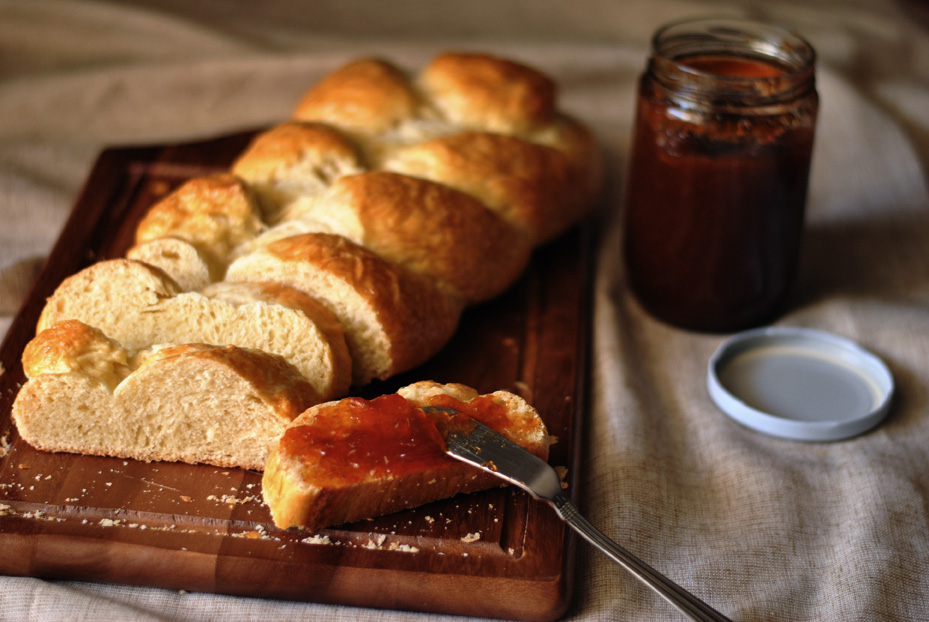
Majority of Swiss bread has it’s roots in French cuisine where it is meant to be a meal unto itself. Thus the dough is kneaded not for baking but for fermentation which decides it’s taste & texture. Many F&B establishments use a variation of fermentation & baking to make their own house bread. This serves to cater to their own menu while also being a USP. An exception to the norm is Zopf bread which is a soft, semi-sweet German recipe and is widely available across the country.
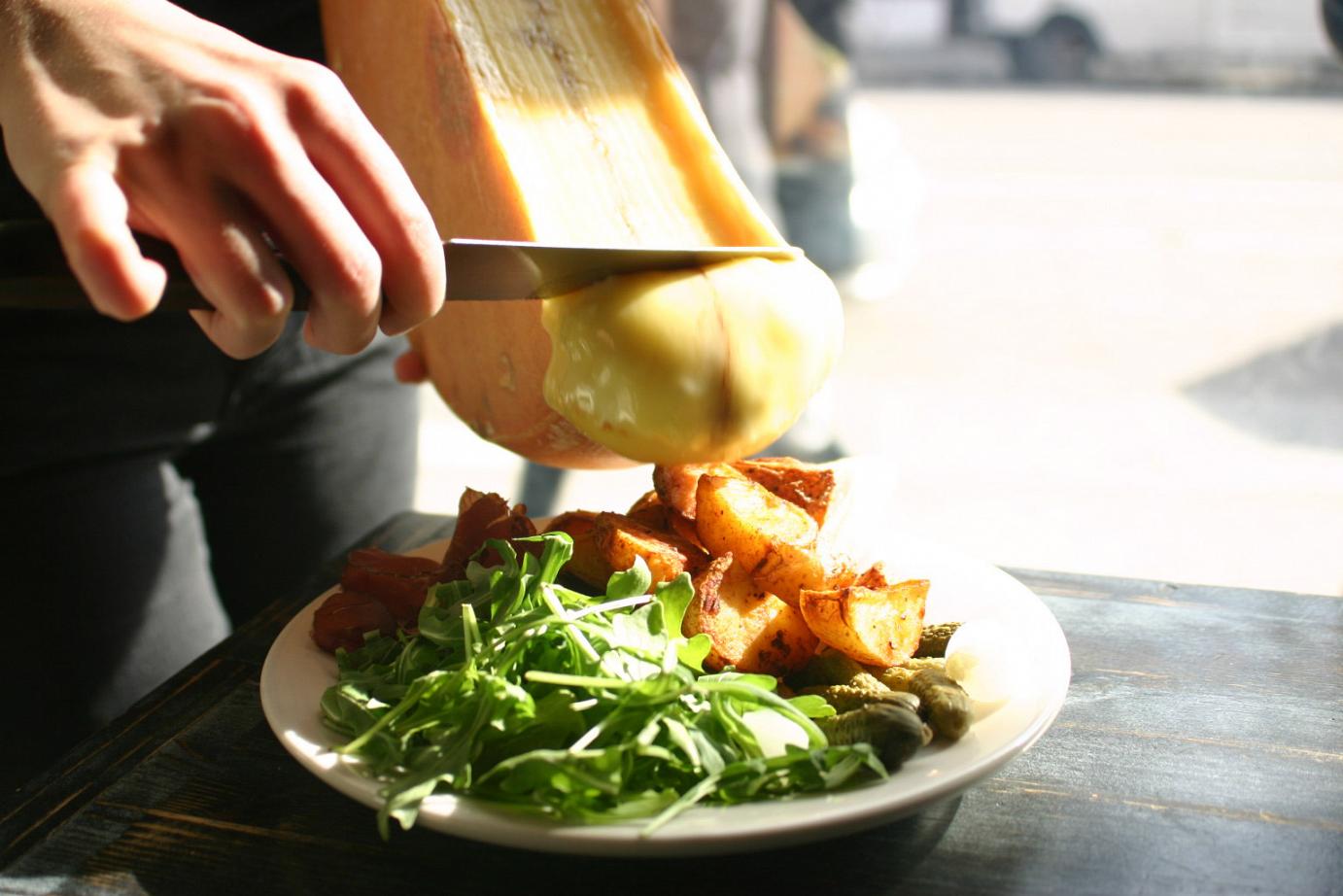
While establishments like Tavern de la Tour are sophisticated for commercial reasons, Swiss cuisine is simple and requires very little prep. Case in point: Raclette meals. This cheese, made from cow’s milk, is shaped into large wheels weighing approximately six kilograms each. A Raclette ‘meal’ constitutes steamed vegetables or charcuterie products that are covered with melted Raclette cheese. Specially designed Raclette grills are placed atop service counters with half a wheel of cheese loaded into them, keeping the top layer of the cheese wheel readily melted. You can experiment with different combinations of meats and vegetables before heading to one of the grills to top it all off with cheese. Be forewarned. The cheese acts as a catalyst for your ingredients & the wrong selection can lead to a disastrous Raclette meal. Chose wisely.
Once you’re done with your meal you would want something sweet to settle it down. And in Switzerland, the solution’s quite obvious.
Swiss chocolate today is mostly associated with a few select brands that are available in your neighbourhood grocery store. This is because all the good chocolate never leaves Switzerland itself. The country consumes over 54% of the chocolate it produces and the majority of what is exported is consumed within its neighbouring countries of Germany, Italy & France. The only Swiss chocolate that reaches India is from large conglomerates like Toblerone and Lindt that produce mass-market chocolate bars with long shelf-lives. Thus getting a hold of chocolate that is actually made in Switzerland is either very hard or relatively expensive. In the three years I spent in university, I got to discover as many local Swiss chocolate brands that are rarely seen outside the country’s borders and here are my favourites. Bookmark this article and stock up on these bars on your next visit there
Confiserie Sprungli of Zurich
The original Sprungli split in 1892 into ‘Confiserie Sprungli’ and ‘Lindt & Sprungli’. Many confuse Lindt chocolate to be the same as Confiserie Sprungli products but that is not the case. While Lindt specialises mostly on packaged confectionery, Confiserie Sprungli makes everything from chocolate bars to luxemburgerli (tiny macarons).
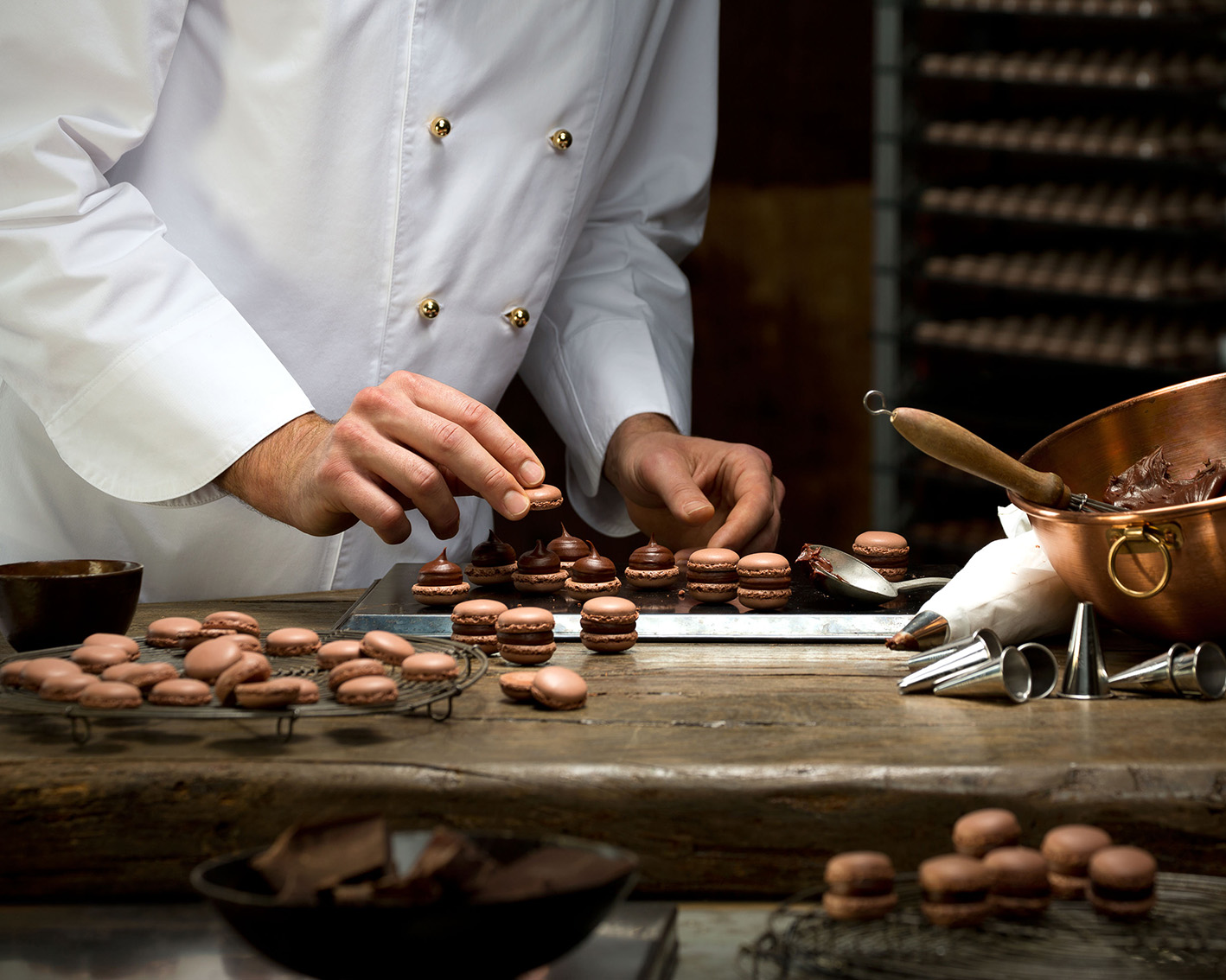
To get a taste of how good their products are, one only needs to try a tablet of their chocolate bars. Confiserie Sprungli takes the phrase ‘melt in your mouth’ very seriously. Within 7.5 seconds (I’m not exaggerating) the piece disappears but you experience a world of flavours that are enunciated just enough to not be overwhelming yet are massively effective. Sprungli bars are not meant to be binged on, not because it’s unhealthy but because it might cause sensory overload.
Unless you decide to visit Switzerland, the only way to get your hands on a Confiserie Sprungli bar is to place an order via their website. If you do decide to visit Switzerland, you can get a day-old bar at any of the official Sprungli resellers or get a fresh one from their primary cafe in Zurich.
Cailler of Vevey
Cailler was the first major confectioner to produce chocolate on a large scale. Today it is owned by Néstle but still keeps all the recipes locked in a safe for itself. Literally.
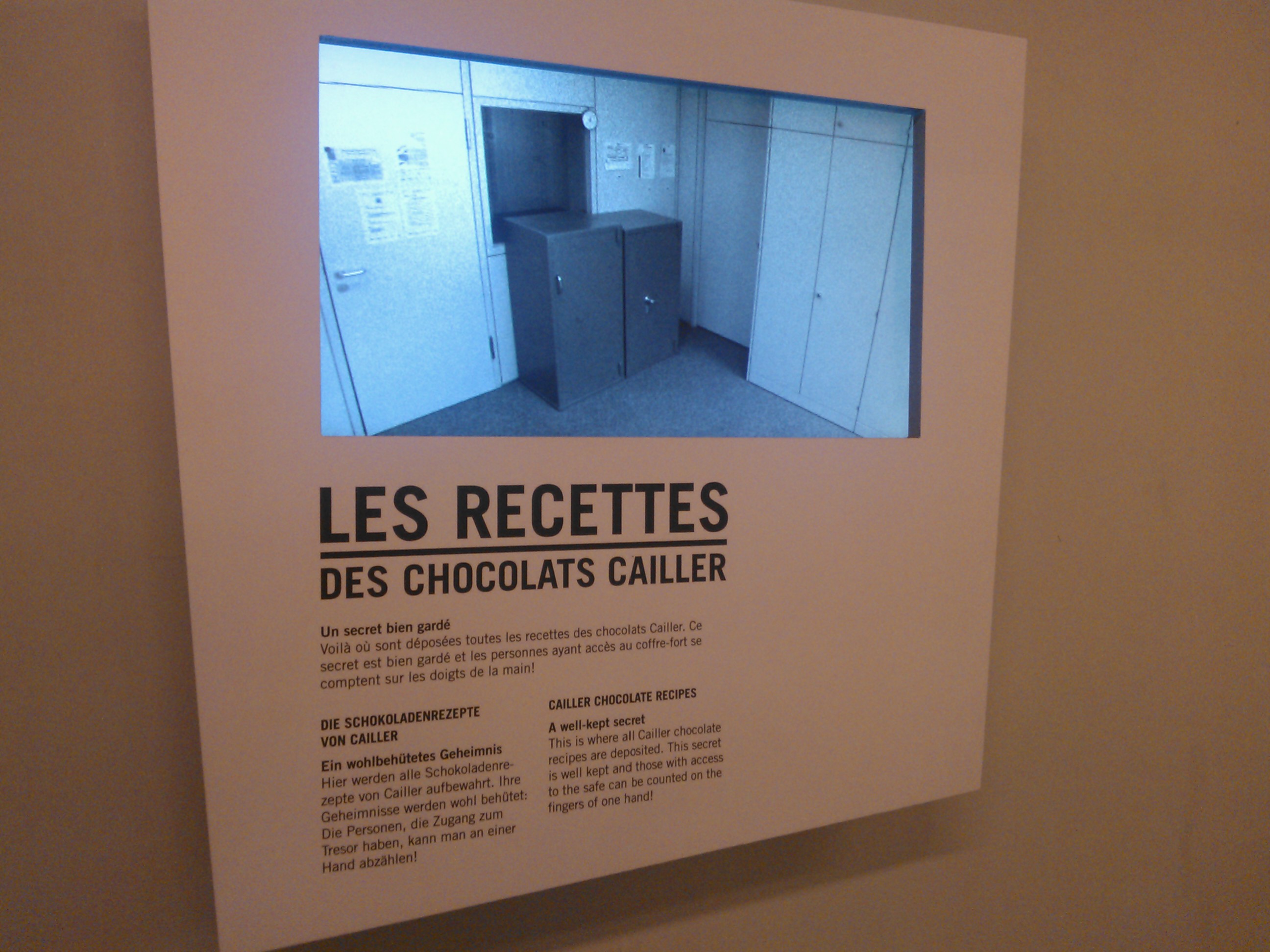
Their chocolates are on the sweeter side of the flavour spectrum, even their dark chocolate leaves a sweet after-taste. So if you’re a fan of bitter chocolate, Cailler isn’t for you. But what really sets them apart is their consistency of flavour & quality across every variety. Cailler has over the years perfected the automation of chocolate making even for large scale production to maintain quality. If you’ve had a bar of Cailler Chocolat au Lait, you can be sure that another bar of the same brand bought 10 years later will taste exactly the same within a variance range of 0.03%.
Kagi of Toggenburger
The great-great-grandfather of KitKat, Kagi is a very light snack with a very thin layer of chocolate covering small wafers. This thin layer is a concentrated form of runny chocolate that is flash frozen onto the deliberately less sweet wafer inside. It is advisable to not hold a Kagi between your fingers for too long or the thin layer of chocolate will melt away leaving you with only the wafer.
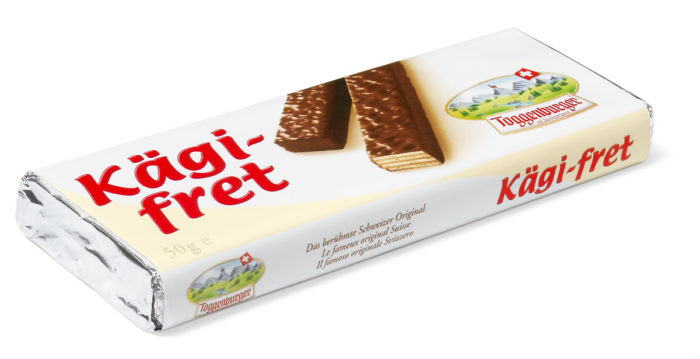
The original Kagi from Toggenburger is extremely hard to find outside Switzerland and sells out constantly within the country itself. To cover this shortage, many Swiss departmental store chains like Migros and COOP (pronounced co-op) make their own alternate (and cheaper) version of Kagi. Do not fall for them, they are nowhere near as good as the real thing.
The ‘Town’ Bar
Switzerland being a tiny country imports a majority of its consumer goods. But one of the few things that Switzerland produces for itself is milk. So much so that there is a surplus of milk in the country. Many large dairies mitigate their losses by producing milk powder and selling it to chocolate manufacturers. However small dairy farms that cannot afford to or don’t have the space to produce milk powder, make their own milk chocolate and sell it locally.
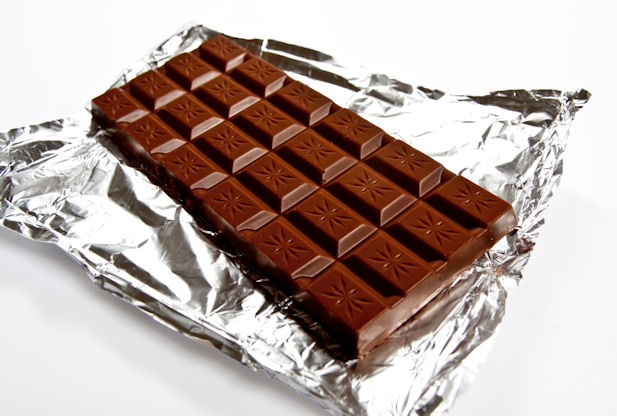
Depending on the village you are in, you can choose from a few different brands of massive (absolutely gigantic) bars of milk chocolate that are made by local dairy farms. I got one that was so big that it lasted me a whole month (which says a lot, considering I eat chocolate by the second). They’re the perfect fallback for college students who have a scarce chocolate budget or have overspent on multiple packs of Kagi Fretli.
Realistically, not all days are laden with good food for a college student. And when the overnight hunger pangs hit us, Switzerland seemed to have our backs with a home brewed solution in the form of Rivella and Ramseier.
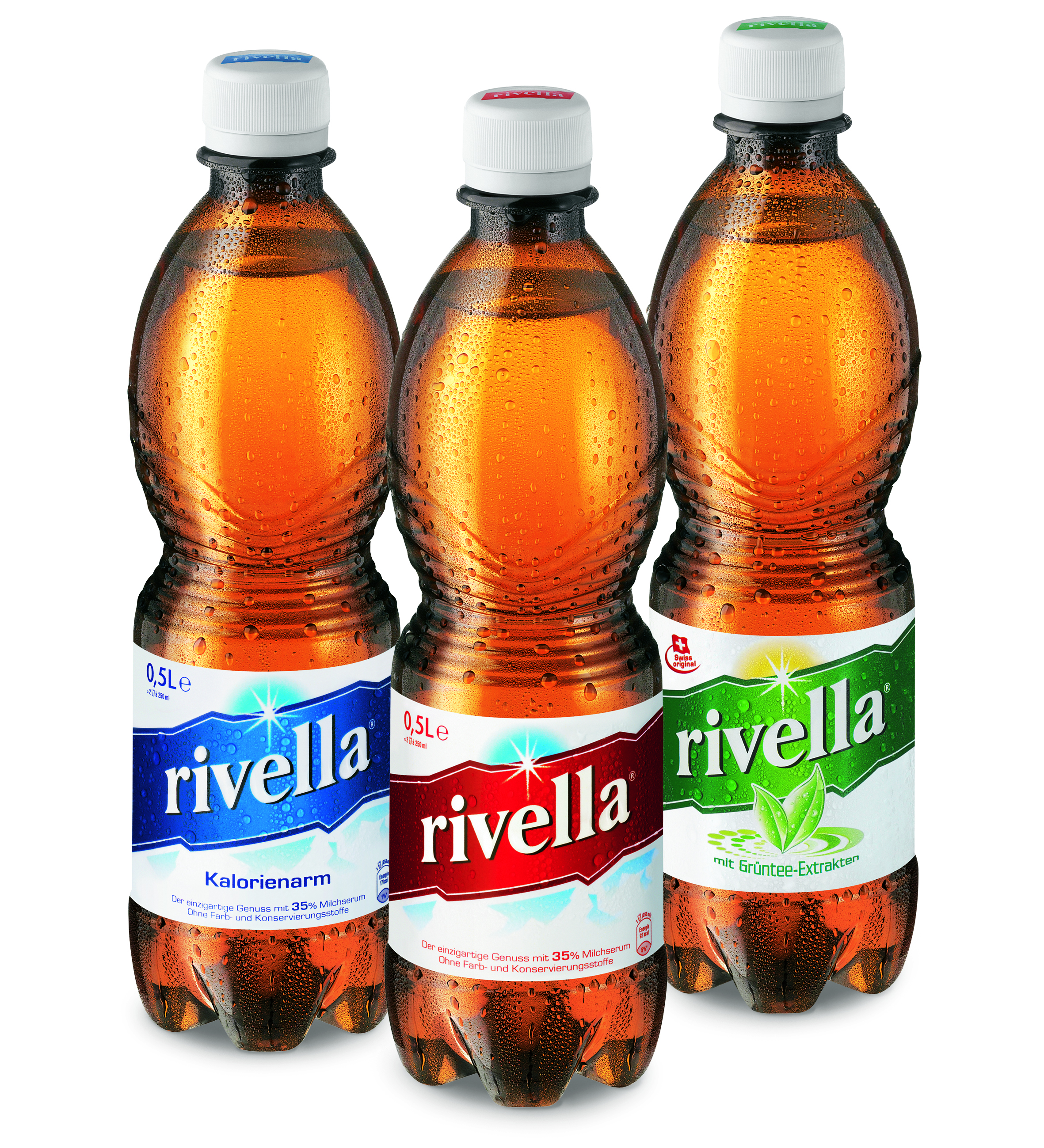
A flat soft drink made primarily from milk whey, Rivella is a Swiss classic that can be found in any corner shop and is the perfect semi-sweet substitute for a filling midnight meal.
Ramseier on the other hand is probably the best apple juice/cider producer I’ve ever tasted. Like Rivella, Ramseier products are available everywhere in the country and single pint of their apple juice is enough to give you the sugar high you need to finish that project due tomorrow morning.
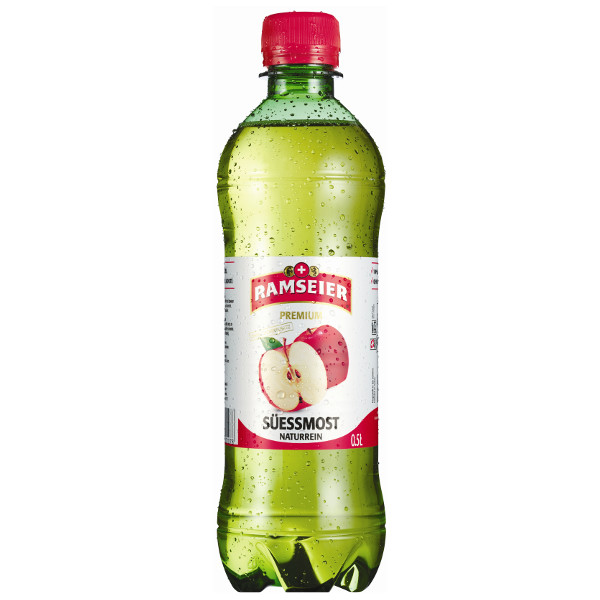
In my case, a full belly begets a merry mind and with the scenic beauty getting old after a few weeks; it’s the food that keeps you from leaving Switzerland. So if you’re planning a vacation there to just look at pretty sights, make sure to get a bottle of Rivella on the way and take a detour to Confiserie Sprungli while you’re in Zurich. For all the rest, you’ll have to stay longer.

